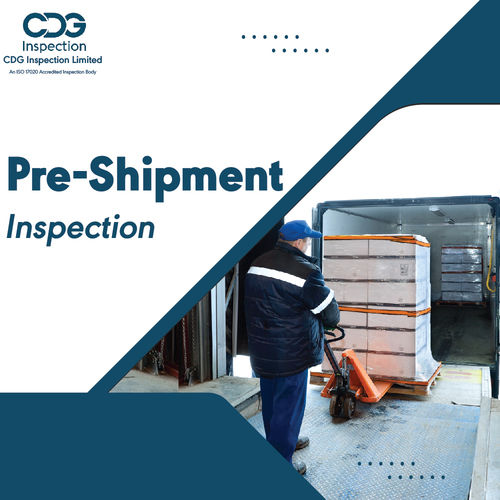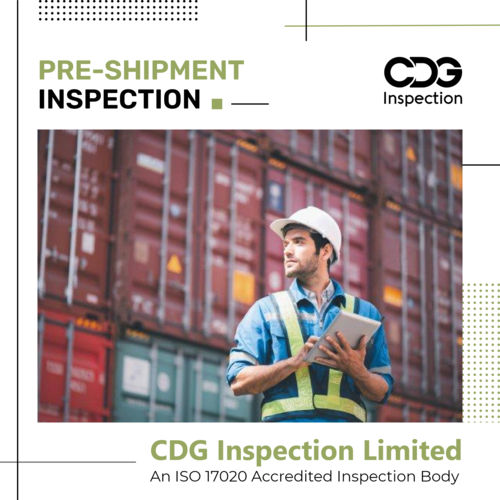Pre -Shipment inspection in Amritsar
Product Details:
Product Description
CIL Provides Accredited Pre-Shipment Inspection Services in Amritsar, Punjab, India. CIL is an ISO 17020 accredited inspection body.Pre shipment inspection refers to the steps taken by sellers to inspect newly manufactured or sourced products before their ship to the final customer. The main role of the shipment and inspection is to check the quality of the products, and the quantity of the merchandise, find any defects in the pieces, ensure that the safety requirements are met, and check for any discrepancies in billing, etc. Pre shipment inspections were officially introduced in 1994 to improve the international trade standards under the General Agreement on Tariffs and Trade (GATT). An independent inspection agency is employed to perform these inspections to ensure the functionality, durability, performance, dimensions, etc. of the products. A pre shipment inspection is usually performed when the production or supply is at least 80% complete. This is an added validation that gives the customer satisfaction about the product quality and safety.Inspection Visit, The first step in the pre shipment inspection procedure is the inspection visit. This includes the planning of the inspection on the site at which it will be carried out. The inspection procedure is laid out and the process is decided.
Verify Quantity, The next step is quantity verification. The inspectors count the cartons to verify the quantity and ensure that the right number of products and boxes are sent to the correct destination.
Random Sampling, The next step is random sampling. In this step, a statistical sampling procedure like the Acceptance Quality Limit (AQL) sampling method is used to determine the number of pieces to examine in each batch/carton. Post this, the products are pulled from the final batch.
Product Specific Testing, After samples are taken from the production batch, special testing is done to determine the quality of the products. This is usually based on the category. For example, if the goods are electronic, the charging ability, time taken to charge, etc. will be carried out. These tests vary as per the products and some tests can be time consuming, hence inspectors begin with these.
Packaging and Label Checks, The next step is to check the packaging and labelling of the goods. Here, the inspectors check the labels of the packaging and identify any miss labelling that can get you in trouble. Also, the packaging is verified by checking the card in size, weight, sealing methods, etc.
Visual Inspection, After this, the samples are visually inspected to check for obvious defects like any paint that might be peeling, missing screws, etc. The defects are classified as minor, major, or critical and this classification is decided beforehand.
Functional Testing, In the next step, the products are checked by using them to see if they work as intended. For example, if you are inspecting the dining table, the lens must be sturdy and firm, if you are inspecting a hair clip, the screws must be in place and it must not break when tying your hair, etc.
Physical Verification, Under the physical verification step, the product is checked for height, weight, length, breadth, etc. to ensure that the physical criteria areas mentioned. Here, tools like Vania calipers, measuring tapes, weighing scales, etc. are used to confirm actual measurements.






